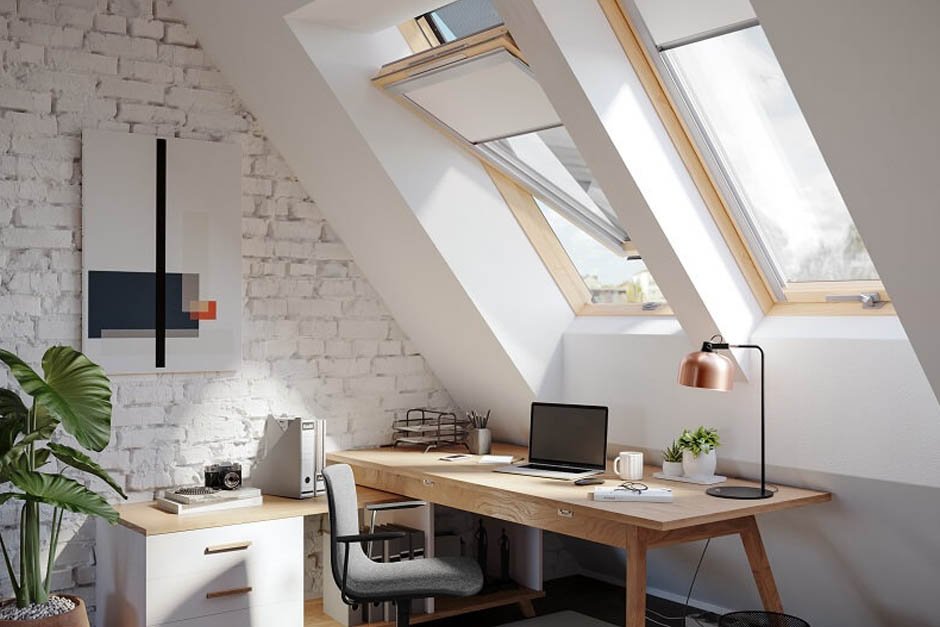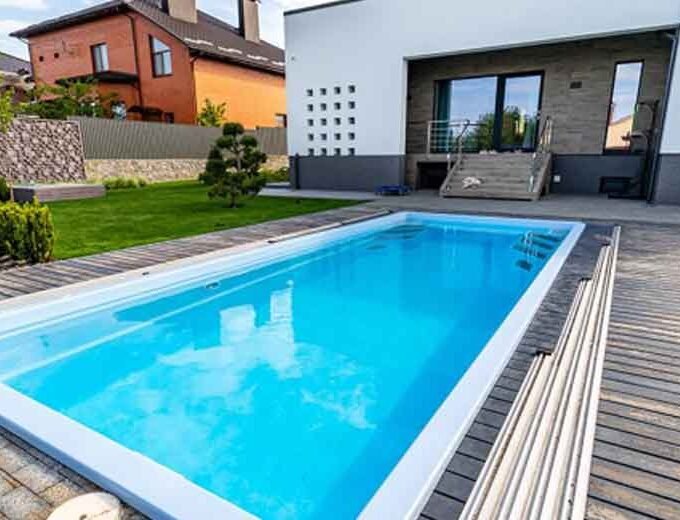So, you’ve decided to brighten up your home with the installation of roof lights, a decision that promises to flood your living space with three times more light than standard windows, we are here to guide you through the process of making this important decision and ensure that you choose the perfect size and placement for your home.
Why Size Matters:
Roof windows have gained popularity for their ability to open up a room, creating a more expansive and inviting space. To make the most of this enhancement, it’s essential to get the size right. The factors influencing your choice include the room’s dimensions, the structure of your roof, and its orientation. Let’s delve into these considerations to help you make an informed decision.
Assessing Your Space:
Before determining the size, take a moment to evaluate your living space. Consider the room’s size, layout, and potential obstructions, such as nearby buildings or trees, that might affect sunlight exposure. Remember, investing time in this assessment will lay the foundation for a well-lit and aesthetically pleasing home.
Choosing the Right Size:
Picking the right size involves a balance between your preferences and the practicalities of the room. Consider the function of the space – whether it’s a kitchen, dining area, or living room – and identify where additional light would be most beneficial. Remember, roof lights are an investment that can add value to your home, so finding the right size is crucial for both aesthetics and cost-effectiveness.
Key Considerations for Size:
- Orientation: The direction your room faces matters. South-facing rooms receive more sunlight, but larger roof lights may lead to excessive heat. North-facing rooms, on the other hand, may benefit from larger roof lights to maximise light exposure.
- Practicality: Beyond aesthetics, consider practical aspects like planning permission and privacy. Ensure your roof light complies with regulations and maintains the right balance between exposure and seclusion.
- Structural Considerations: Older houses may have limitations in terms of the roof’s structure. Understanding your roof’s capabilities is crucial in narrowing down your options and preventing any complications during installation.
- Future Value: If you’re considering the long-term value of your home, think about how roof lights might enhance its appeal when you decide to sell. These features can set your property apart and add a unique touch.
Differentiating Between Skylights and Roof Lanterns:
Before you finalise the size, it’s essential to choose the style that suits your home. Understanding the difference between skylights and roof lanterns is crucial. Skylights are flat and usually positioned on an angled part of the roof, offering practicality and ventilation. Roof lanterns, on the other hand, project above the roof, adding height and allowing light from all angles. Both styles come in various sizes, providing flexibility to match your preferences and needs.
Ensuring Structural Integrity:
A critical aspect of choosing the right size is ensuring your roof can support it. Consult with a structural engineer to assess your roof’s strength, especially if you’re considering a roof lantern. Factors like a single-storey house or a flat roof may impact the structural design, affecting the overall cost.
Optimising Light Based on Orientation:
Consider the direction your room faces when determining the optimal placement for your roof light. South-facing rooms may require careful consideration to prevent overheating, while north-facing rooms may benefit from larger roof lights to maximise light exposure. East-facing rooms receive morning light, making them ideal for larger roof lights, while west-facing rooms offer warm afternoon sunlight, suggesting a careful balance in size to avoid overheating.
Choosing the Right Glass for Your Roof Light:
The type of glass you choose can significantly impact the performance of your roof light. Opt for glass with excellent thermal properties to minimise heat loss and reduce noise pollution. Keep in mind that larger roof lights may require higher-quality glass, ensuring both energy efficiency and easier maintenance. If you are unsure, make sure you get expert advice from a rooflight specialist.
Additional Features to Enhance Your Roof Light:
Consider the features you desire, such as opening mechanisms, remote controls, ventilation options, and blinds. The size of your roof light may influence these features, so plan accordingly. For instance, if you want a roof light high on the roof, remote-controlled options may be more practical.
















